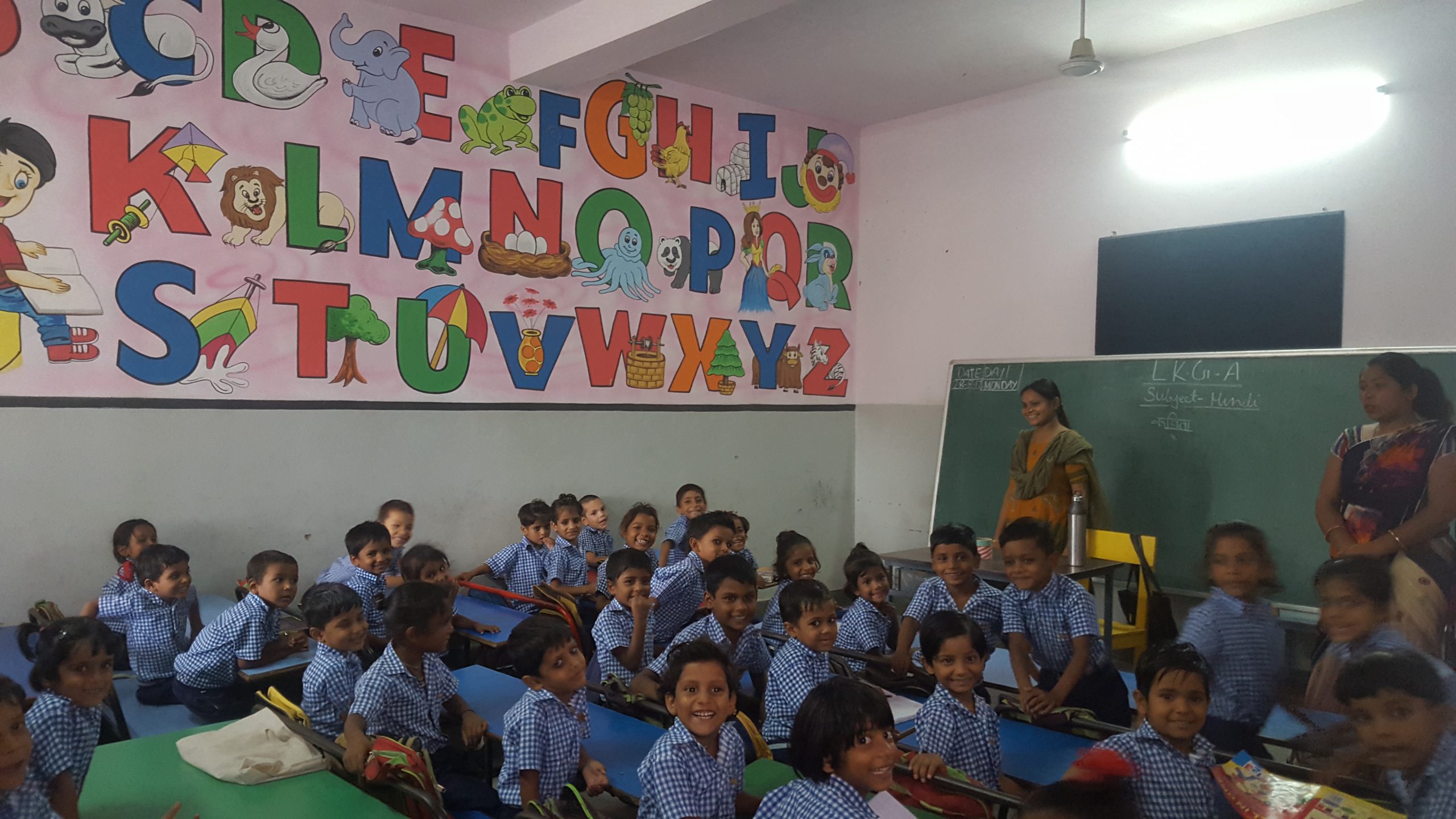In India, the high rate of stunting amongst children is alarming. With no easy policy solutions, a glut of expert views, and a collective anxiety about its high occurrence, we tried to wrap our heads around the problem to find out what we ought to be doing about it.
Measured as a low height for age, stunting is known to hinder the growth of human capital and one’s early life circumstances are important determinants of future economic productivity and health. There are many factors that affect stunting: the health and age of the mother and child, the ease of pregnancy, the environmental risks we’re exposed to and the nutritional levels of the family.
You may have heard of the Asian enigma – low levels of child health and nutrition that don’t match the high levels of economic growth of the country. South Asia is a hotspot for stunting. In India, around 39% of children are stunted, in Pakistan it is around 45%, 37% in Nepal and 36% in Bangladesh. One in three of the world’s stunted children under the age of five live in India.

Photo Courtesy: Sangeeta Menon
In this episode, we visit an anganwadi and speak to Dr. Nirupama Shivshankar, a paediatrician who has set up a lab to understand how diet, culture and food affect women and children. Suneetha Sapur, a leading development nutritionist, explains just how hard it is to make choices about diets and food, especially if you are a woman.
Related article: Child malnutrition: Using data more effectively
But it isn’t all doom and gloom, as Dr. Anura Kurpad, a doctor working at the forefront of nutritional research in India, tells us. If children miss out on the first few growth spurts, they still have every right to catch up, as long as we know how and when to deliver the best nutritional support.
The one group that knows us better than ourselves, and sits on extensive data on food and nutrition, is the private sector. Rinka Banerjee from Thinking Forks, a consultancy that works with leading FMCGs on nutrition, tells us about the private sector’s role in shaping what we eat, and what they can and should do promote good nutrition.
So where do we fit in? In the end, all our experts pointed out that by making choices that are ultimately better for ourselves we can all help to address the causes of stunting.
This article was originally published on the In the Field website.





